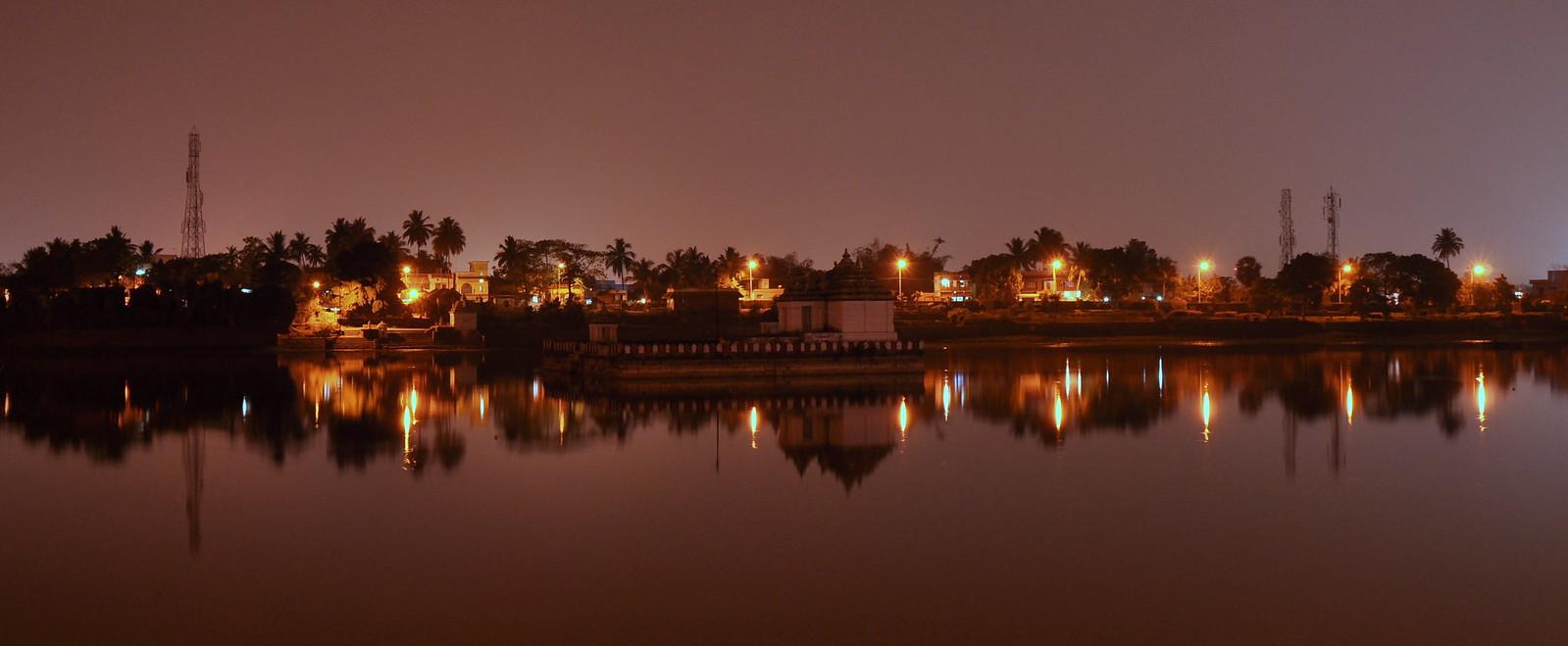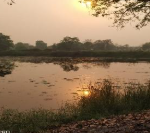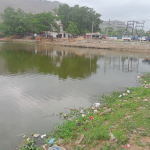~ Preetikrishna Panda
Master of Urban and Regional Planning (MURP), Batch 2020-22, School of Human Settlements, XIM University, Bhubaneswar
Youth4Water
Ponds are among the most biodiverse and ecologically significant freshwater ecosystems, and their worth is found not just in individual ponds but, more importantly, in pond networks (pondscapes). Ponds contribute significantly to society through the ecosystem services they provide, and effective pondscape conservation is critical to ensuring that these services are maintained. These little bodies of water also provide significant amenities, including better physical and mental well-being and increased understanding of biodiversity and nature conservation. Despite these advantages, present national and international environmental legislation and management techniques are nearly entirely focused on big bodies of water, with ponds being more difficult to identify, analyze, monitor, and protect. Despite the existence of well-established international environmental and nature conservation policies (e.g., the Ramsar Convention and Convention on Biological Diversity) ponds are largely missing from national and international legislation and policy frameworks. Individual site designations for pond conservation do not work at the landscape scale, where ponds contribute the most to biodiversity. According to recent data, pondscapes support high biodiversity and contribute disproportionately more to watershed aquatic biodiversity than bigger and more commonly studied freshwater bodies like lakes and rivers. Ponds also provide critical habitat for many rare and threatened species on a national and worldwide scale, and they serve as key refuges in urban and agricultural settings.
The European Union’s Water Framework Directive (WFD) was adopted in order to safeguard and improve the water quality of all freshwaters and shallow coastal waters. However, in reality, the WFD only applies to rivers and standing waterbodies larger than 50 hectares, leaving out the vast majority of small wetlands and lentic waterbodies. A lack of holistic biodiversity or water quality studies of ponds in international or national monitoring programs could be one cause for this. In Japan, the Ministry of Land, Infrastructure, Transport, and Tourism conducts nationwide and long-term censuses of water quality and biodiversity in rivers and impounded reservoirs, local governments monitor lake water quality, and the Ministry of the Environment assesses the biodiversity of approximately 20 wetlands or lakes. Almost all ponds and pondscapes in India are exempt from environmental and nature conservation legislation. The Wildlife Protection Act of 1972 also provides some protection to a few ponds within protected zones. However, because of limits on operations in these wetlands, there have been fierce disagreements between civil society and central administrations. Pond legislation in India is difficult to develop because irrigation departments, fisheries departments, and district councils sometimes control them together.

Ponds may be protected indirectly through other legislation. South Africa’s National Biodiversity Strategy and Action Plan (NBSAP, 2005) and Namibia’s National Biodiversity Strategy and Action Plan (NNBSAP, 2013), for example, aim to integrate terrestrial and aquatic management in order to reduce the impacts of processes that threaten biodiversity, improve ecosystem services, and improve social and economic security. Pond security is thus incorporated in policies aimed at water security, biodiversity protection, and resilience in such water-scarce countries, without directly referring to the hundreds of water retention ponds found across these countries. Importantly, both of these southern African NBSAPs emphasize the need of protecting endemic species as well as hydrology, resilience, and sustainability.
Pond-scape conservation and management should supplement present national and international nature conservation and water policy or legislation, as pondscapes can safeguard species in environments where large-scale traditional conservation areas cannot be constructed. There is currently enough research to support policy suggestions for ponds. Given that ponds are frequently found in networks connected by critical terrestrial habitats, designating groups of important sites as management units will be logistically easier and less expensive than monitoring or protecting individual ponds. Defining pondscapes as management units expands chances for monitoring ponds over larger areas and identifying objectives for each pond-scape. Furthermore, requiring licenses for pond alterations (positive or negative) gives a policy tool that can examine the role of each pond within the pond-scape, and applicants would be required to maintain or enhance a pond’s capacity to sustain natural biodiversity within the pond-scape. Pond management units and permits would be best implemented by local governments or non-governmental environmental organizations.
Current conservation policies are failing to protect a large portion of the aquatic biodiversity and ecosystem services provided by pondscapes. Pondscapes should be better incorporated into national and international policy frameworks to maximize chances for conserving and safeguarding biodiversity and ecosystem services in order for policy to be congruent with current scientific understanding. Although the economic ramifications of new environmental policies may be debated in certain quarters, pondscapes may be easier to conserve and maintain than bigger bodies of water due to their small size. Moving away from site-specific conservation and towards a strategy that conserves resilient landscapes, places people at the center of the environment, and increases natural capital would help to conserve biodiversity. An evidence-based conservation plan that includes pondscapes into policy frameworks will greatly improve existing legislation by safeguarding a valuable, multifunctional habitat type that solves several difficult social concerns while supporting and improving biological diversity.







